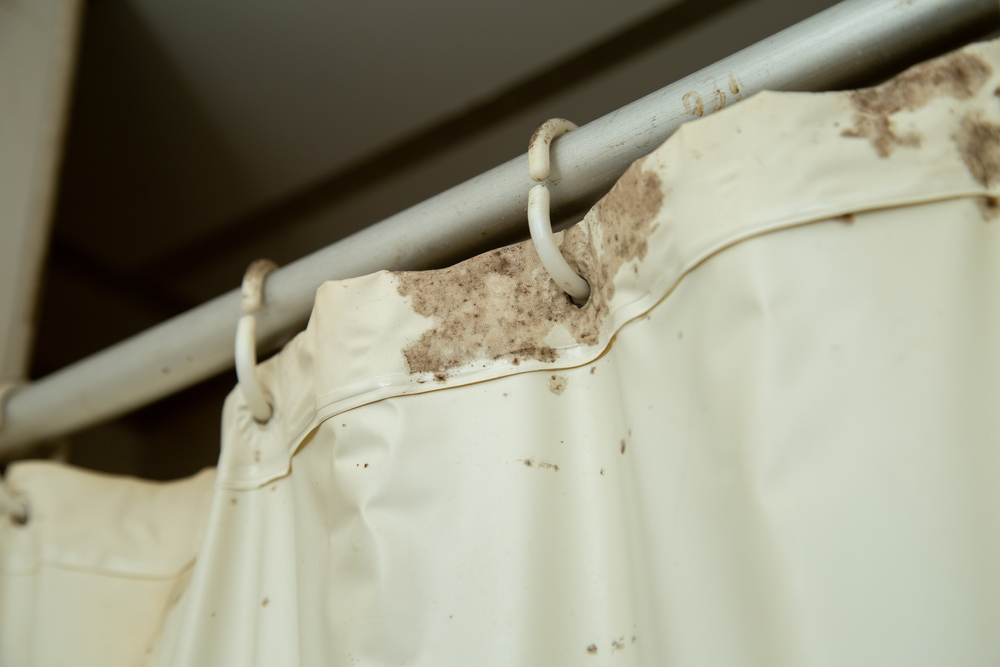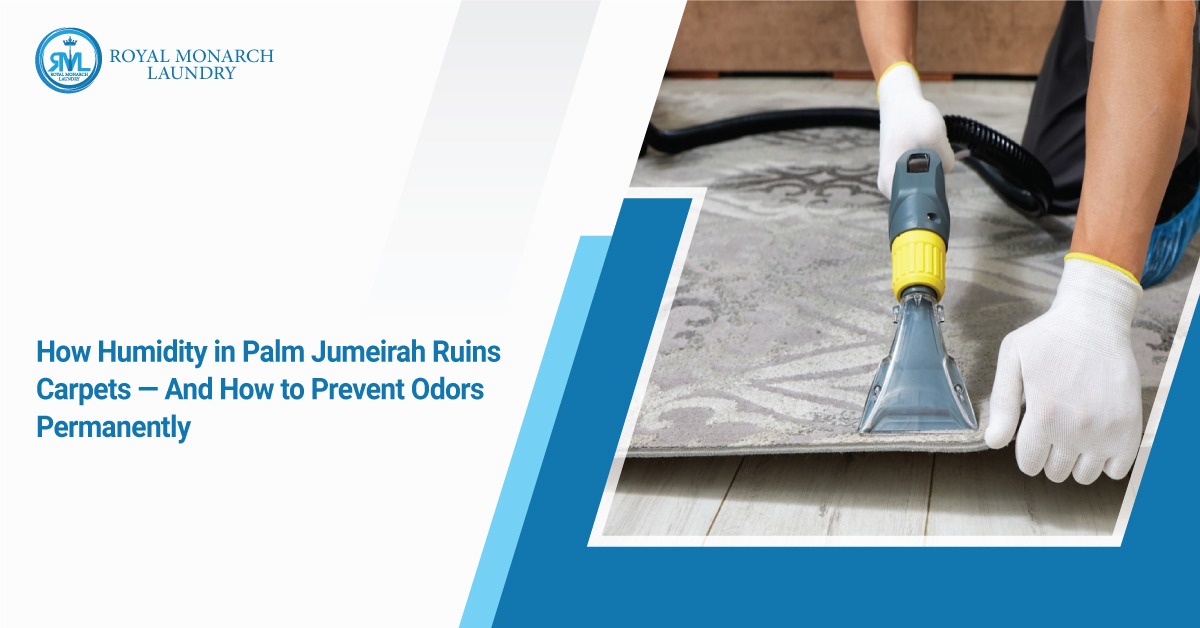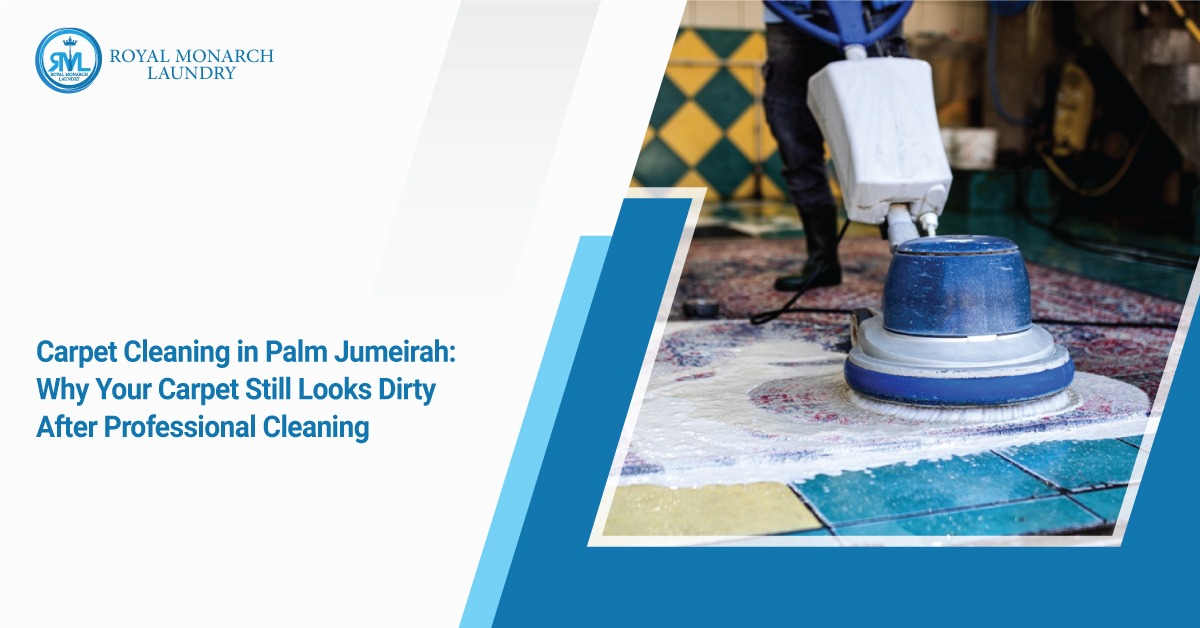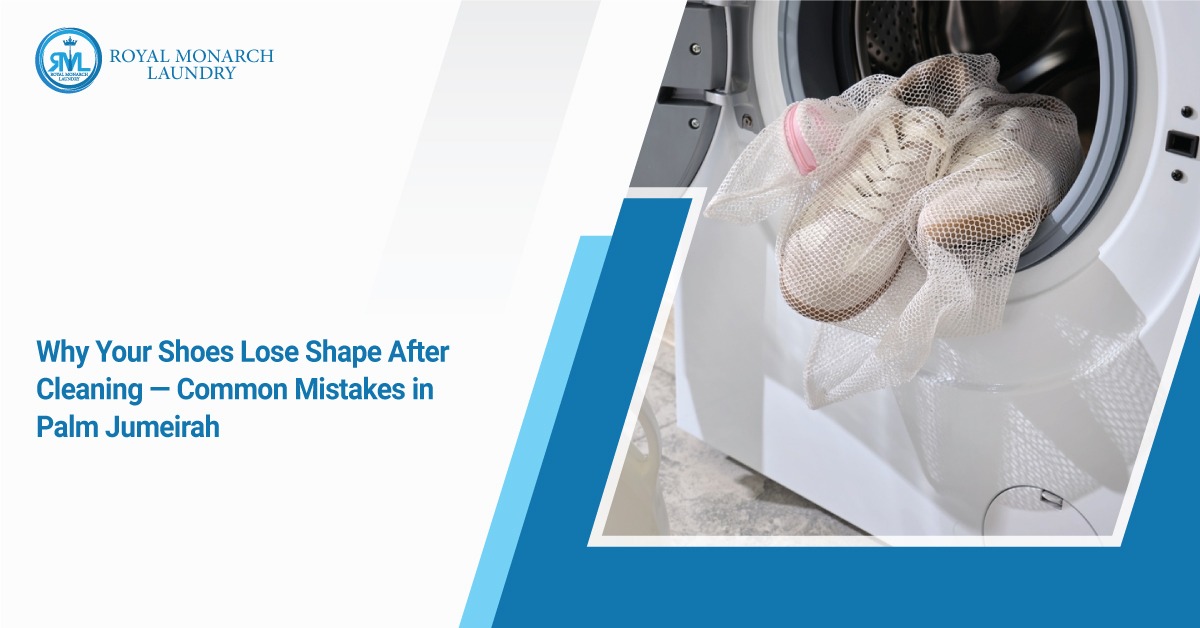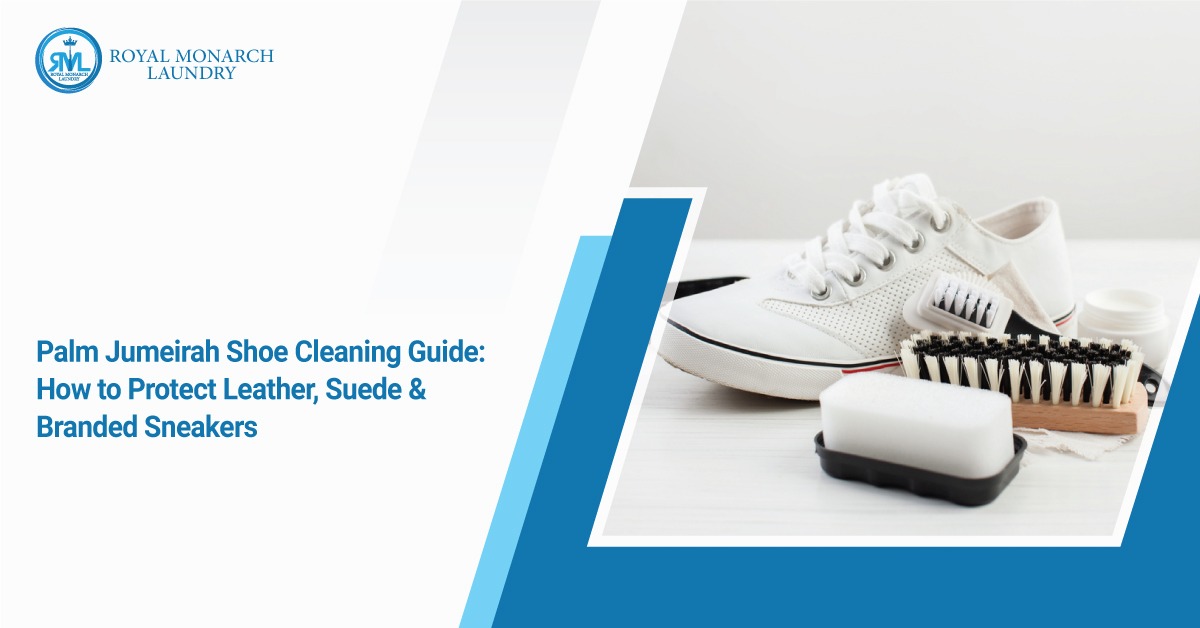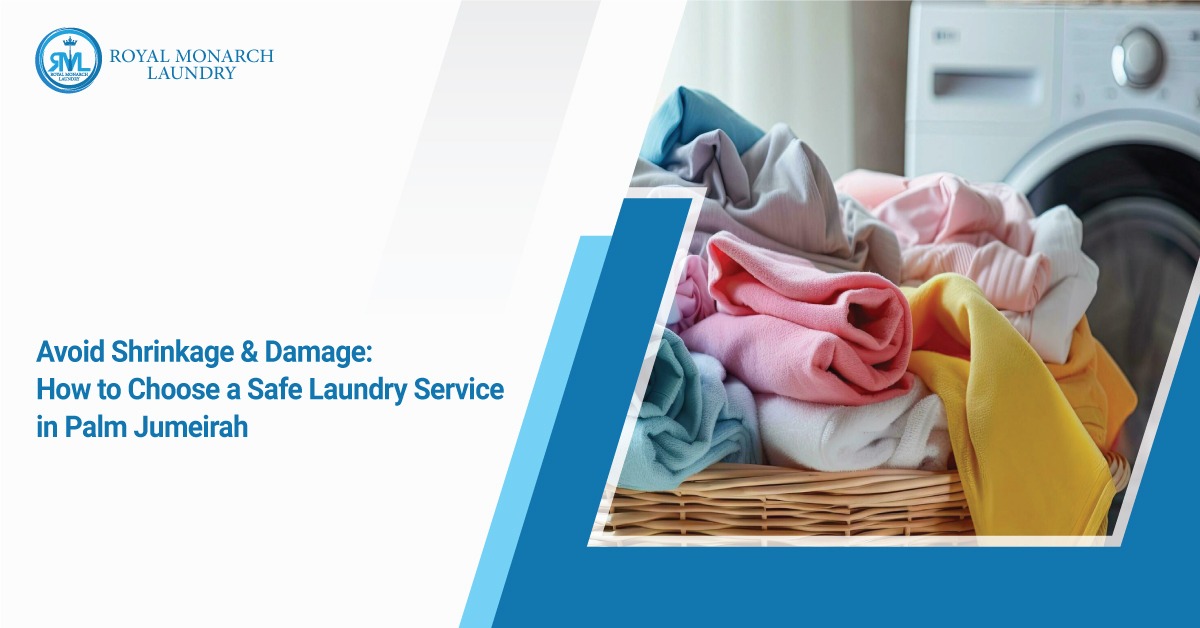Introduction
Curtains add beauty and functionality to any room, but they are also prone to getting stained over time. Stubborn stains on curtains can be quite frustrating to deal with, but with the right approach and techniques, you can effectively remove them and restore the beauty of your curtains. In this step-by-step guide, we will explore various methods to remove stubborn stains from curtains and provide you with practical solutions to tackle common types of stains.
Table of Contents
- Understanding Common Types of Stains
- Identifying the stain
- Determining the appropriate cleaning method
- Preparing Your Curtains for Stain Removal
- Removing dust and debris
- Testing for colorfastness
- Treating Specific Types of Stains
- Oil and grease stains
- Ink stains
- Food and beverage stains
- Mold and mildew stains
- Step-by-Step Stain Removal Process
- Blotting the stain
- Applying stain remover
- Gentle scrubbing
- Rinse and dry
- Additional Tips for Effective Stain Removal
- Using natural remedies
- Seeking professional help
- Preventing future stains
- Conclusion
- FAQs
1. Understanding Common Types of Stains
To effectively remove stains from curtains, it is essential to identify the type of stain you are dealing with. Common types of stains include oil and grease, ink, food and beverage, and mold and mildew stains. Each stain requires a specific approach for effective removal. Determining the appropriate cleaning method will ensure that you treat the stain without damaging the fabric.
2. Preparing Your Curtains for Stain Removal
Before diving into the stain removal process, it is important to prepare your curtains. Start by removing any dust or debris by gently shaking or vacuuming them. This will prevent further soiling of the fabric during the cleaning process. Additionally, it is crucial to test for colorfastness by applying a small amount of the cleaning solution on an inconspicuous area of the curtain.
3. Treating Specific Types of Stains
Oil and Grease Stains
Oil and grease stains are common on curtains, especially in kitchens or near windows. To remove these stains, start by blotting the area with a clean cloth or paper towel to absorb any excess oil. Then, apply a small amount of dishwashing liquid or a stain remover specifically designed for oil-based stains. Gently rub the stain in a circular motion, rinse with warm water, and let the curtain air dry.
Ink Stains
Ink stains can be stubborn, but they can be successfully removed with the right approach. Begin by blotting the stain gently to remove any excess ink. Next, apply a mixture of rubbing alcohol and water onto the stain using a clean cloth. Blot the stain again until it starts to fade. Rinse the area with cold water, and once the stain is removed, wash the curtain as per the fabric’s washing instructions.
Food and Beverage Stains
Food and beverage stains are common on curtains, especially in dining areas. Start by scraping off any solid residue gently. Then, soak a clean cloth in a mixture of mild detergent and warm water, and blot the stain. Avoid rubbing vigorously to prevent spreading the stain further. Rinse the area with cold water and let the curtain air dry.
Mold and Mildew Stains
Mold and mildew stains require special attention to ensure complete removal. Begin by removing the curtain from the window and taking it outside. Brush off any loose mold or mildew using a soft brush. Mix equal parts of white vinegar and water, and spray the solution onto the stained areas. Allow it to sit for a few minutes, then scrub the stains with a soft brush. Rinse thoroughly with water and let the curtain dry completely before hanging it back up.
4. Step-by-Step Stain Removal Process
Follow these steps to remove stubborn stains from your curtains effectively:
- Blot the stain gently to remove any excess residue.
- Apply an appropriate stain remover or cleaning solution.
- Use a soft brush or cloth to scrub the stained area gently.
- Rinse the curtain thoroughly with water, ensuring all cleaning agents are removed.
- Allow the curtain to air dry completely before rehanging.
5. Additional Tips for Effective Stain Removal
- For a more natural approach, consider using lemon juice, baking soda, or hydrogen peroxide as alternative stain removers.
- If you are unsure or dealing with delicate or valuable curtains, it is recommended to seek professional help to ensure safe and effective stain removal.
- To prevent future stains, consider using curtain liners or applying a fabric protector spray.
6. Conclusion
Removing stubborn stains from curtains may seem like a challenging task, but with the right techniques, you can restore your curtains to their former glory. By following the step-by-step guide provided in this article and identifying the specific stain you are dealing with, you can effectively remove stains from oil and grease, ink, food and beverage, as well as mold and mildew. Remember to always test cleaning solutions on a small, inconspicuous area of the curtain and take necessary precautions to avoid damaging the fabric.
7. FAQs
Q1: Can I use bleach to remove stains from my curtains? Bleach can be too harsh for certain types of fabric and may cause discoloration. It is best to avoid using bleach unless specifically recommended by the curtain’s care instructions.
Q2: Are there any homemade remedies for stain removal? Yes, you can use various homemade remedies such as lemon juice, vinegar, baking soda, or hydrogen peroxide to remove stains from curtains. However, always test these remedies on a small, inconspicuous area first.
Q3: Can I machine wash curtains to remove stains? Machine washing may be suitable for some types of curtains, but always check the care instructions provided by the manufacturer. Delicate or heavily stained curtains may require handwashing or professional cleaning.
Q4: How often should I clean my curtains? Regular cleaning and maintenance of curtains can help prevent stubborn stains from forming. It is recommended to clean curtains every few months, depending on their exposure to dirt, dust, and potential stains.
Q5: Can I hang wet curtains back up after cleaning? It is important to ensure that the curtains are completely dry before hanging them back up. Hanging wet curtains may lead to mold or mildew growth and can cause damage to the fabric.

